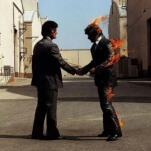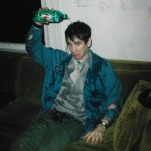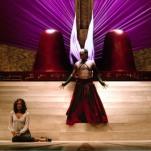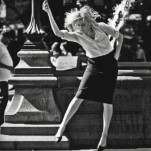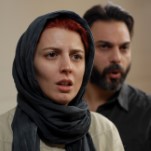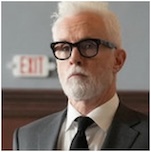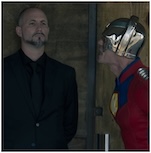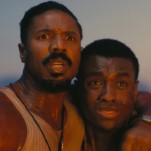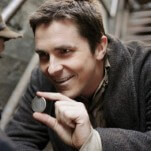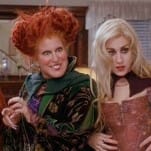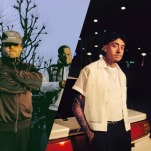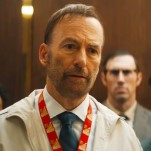Stop Bringing Out Your Dead: The Real “Villain Problem” of Marvel and DC’s Superhero Movies
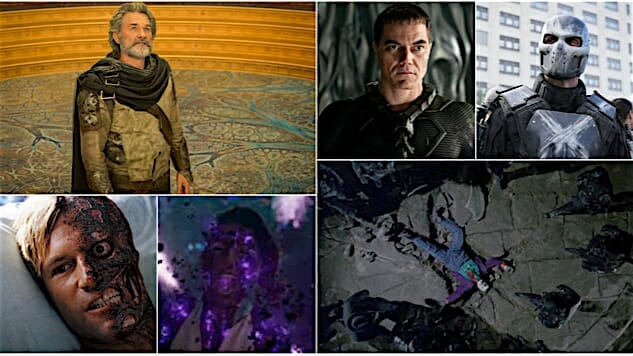
These days, the phrase “villain problem” is pretty much synonymous with a certain perceived anemic quality of the villains populating the Marvel Cinematic Universe. For the most part, this isn’t an ungrounded perception. Tom Hiddleston’s magnificent Loki aside, the MCU’s choices for villains have been notably small in stature (B- and C-tier characters, at best) and/or portrayal (e.g., the Mandarin sleight of hand in Iron Man 3). Given some of the early restrictions faced by Kevin Feige and company, this blandness is understandable—rights issues ruled out some of Marvel’s juiciest villains from the start, as Magneto and Doctor Doom belonged to Fox (which in turn did right by one on them, at least). The Green Goblin/Norman Osborne belonged to Sony. And regardless of what one thinks of the logic or execution, Marvel’s risk-averse approach to portraying the Mandarin, a foe sporting 10 alien rings of supreme, protagonist-threatening power, makes sense when one considers the importance of the China market and that the character’s initial design was pure Fu Manchu/yellow menace.
Still, as frustrating as the MCU’s decade-long shell game might be for some, it’s nothing compared to a larger problem afflicting the genre pretty much from its “birth.”
Stop Killing the Villain
Even though its influence and popularity have understandably waned a good deal since its release, it’s difficult to overstate how exciting it was to be a comic book fan in 1989, when Tim Burton’s Batman hit the theaters. At the time, when it came to big screen superheroic bombast, Christopher Reeve’s Superman was about it, and the last decent entry in that series had been nine years prior. Sure, there had also been The Incredible Hulk and Wonder Woman on television, but late-’70s, early-’80s TV special effects and budgets didn’t come close to capturing the wonder of it all. Batman, however, did. And no matter where one ranks Jack Nicholson’s Joker on a list of best portrayals of the clown prince of crime, it was a big deal that an A-list actor was playing an A-list villain. This was Batman’s arch-nemesis. His perfect foil. The most established, most effective recurring thorn in the — oh, wait, he’s dead.
What?
There was no ambiguity—Nicholson’s Joker, hanging from a helicopter ladder with a stone gargoyle tied to a foot, at the elevation of an Empire State Building-sized building, had plummeted to the cold hard embrace of the asphalt. (He even left a Looney Tunes-esque body-shaped crater.) Now, obviously, fantasy in general and comic books in particular are the places where phrases likes “suspension of disbelief” are born, but that suspension is in part possible because all those radioactive spiders, lightning-infused chemical baths and other origin stories take place within an established, more mundane reality—our reality. The Joker’s real superpower may well be his ability to pull off incredibly elaborate schemes that would fail 50 times over in the real world, but physically, he’s a slave to physics like the rest of us. Moreover, the camerawork itself made sure there was no doubt. Mistuh Joker—he dead.
It’s not too difficult to see how this particular ending happened. In 1989, to the minds of studio execs (and plenty of moviegoers), Jack Nicholson was a much bigger deal than some pasty-faced comic book villain. Even at the time, I assumed this was Nicholson’s way of dropping the mic. “I’ve done my version of this character. I’m done. The Joker’s done.” For the studio, there were plenty of iconic Batman foes remaining, and the idea of casting lesser-known actors who would play a role for 5+ films probably seemed pretty unlikely. I understood why, but, man, did it piss me off.
-

-

-

-

-

-

-

-

-

-

-

-

-

-

-

-

-

-

-

-

-

-

-

-

-

-

-

-

-

-

-

-

-

-

-

-

-

-

-

-


